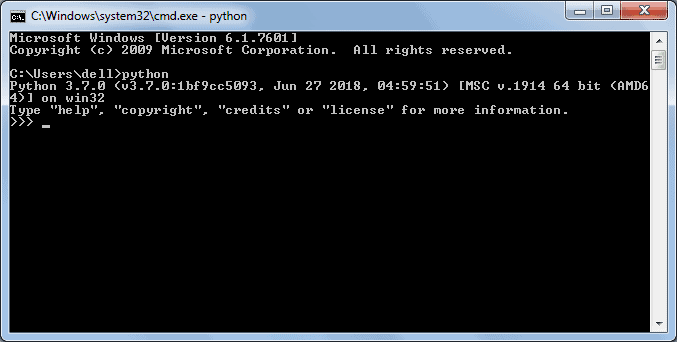- Get link
- X
- Other Apps
- Get link
- X
- Other Apps
PYTHON tutorial part-1

What is PYTHON?
Python is a widely used common programming language. It is created by a famous Dutch programmer "Guido Van Rossum" at "Centrum Wiskunde & Informatica" in 1991. The name of Python is got from a famous BBC comedy series "Monty Python's Flying Circus". Python supports Scripting and Object-Oriented Programming.
Uses Of PYTHON:
- Python is a commonly used language. We can use this for scientific programming.
- Python syntax is easy to understand.
- We can use Python for web development and creating apps and more.
- It has many libraries for different types of needs.
- It is flexible for many fields including Game Development.
Let's start PYTHON:
Python's compiler works in two ways.
They are,
1. Script mode.
2. Interactive mode.
Script Mode:
In script mode, we can compile a python file easily. Every python files have a ".py" extension. This mode is better when we want to compile a large number of lines of python files. To download python's compiler click here.
First, we learn about how to write python scripts.
After downloading, open the python "IDLE shell" on your computer.
STEPS:
1. press a key Ctrl+N or select File-->New file on the IDLE shell.
2.You can see an untitled script editor on your window. Next type commands in the script editor.
You can see output on the IDLE shell screen.
Interactive Mode:
In interactive mode codes are directly and instantly compiled and the output was displayed on the screen.
COMMENTS IN TAMIL ARE ALSO WELCOME.
- Get link
- X
- Other Apps
Comments






All the best for your interest
ReplyDelete